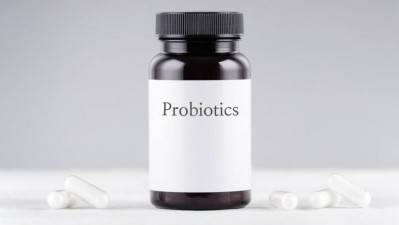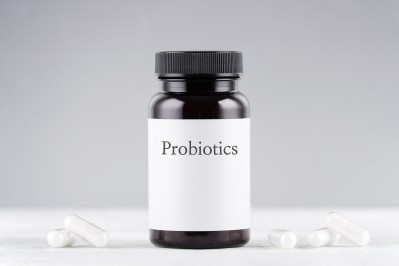Probiotic survival: Study by Sabinsa suggests that flow cytometry beats plate count for probiotic enumeration

Probiotics need to survive in a finished product for it to give health benefits to the host who ingests it. Ingredient supplier Sabinsa used a method called 'flow cytometry' to count the number of surviving probiotics in a product and argued in a published study that it’s a viable method to do so.
The company’s research focused specifically on its propriety strain Bacillus coagulans MTC 5856, which is commercially available under the brand name LactoSpore.
“[Our] results establish flow cytometry as a reliable method to count viable bacteria in commercial probiotic preparations,” the researchers concluded in their paper, published in the journal PLOS One.
Their report also suggested “the extreme stability of LactoSpore in products,” as they found, using flow cytometry, that the strain survives in multiple finished product applications.
What is flow cytometry?
There are multiple methods for probiotic enumeration—calculating bacterial count—in dietary supplements and functional food and beverage formulations.
Among the most used enumeration methods in the study of microbes is the plate count, which relies on counting bacteria growing a colony on a medium. But according to Sabinsa’s researchers, this method only counts bacteria that are replicating, a usual signifier that a bacterium is alive.
The LactoSpore strain, however, developed a protective mechanism where they go dormant, or as the authors explained, “metabolically active but are not culturable,” to protect themselves when in stressful environmental conditions—think acidity in orange juice, or confinement in a capsule. This intermediate state is dubbed a viable but non-culturable state.
This is where flow cytometry comes in, a method which involves various fluorescent probes. In this method, several dyes are used which were developed to fluoresce only in live cells.
“We explored the use of flow cytometry to enumerate the viable count of B. coagulans MTCC 5856 under acidic and alkaline conditions, high temperature and in commercial formulations like compressed tablets and capsules,” they reported.
Sabinsa’s researchers fortified a commercially available orange juice in India with the strain, then counted the number of bacteria using both flow cytometry and plate count. Flow cytometry revealed a spore count close to the amount put in the juice, while the plating method showed one log lower.
The results were replicated in the other forms they analyzed as well, such as capsules and tablets.
Limitations
The authors added that flow cytometry loses its sensitivity if the number of spores are less than ten thousand per milliliter, and that it is difficult to estimate the spores from particulate food preparations “which can clog the thin tubes used in the instrument.”
They called for different testing formulations using flow cytometry to help build concrete evidence of flow cytometry as the preferred method to enumerate viable probiotic counts.
Commenting independently on the study, George Paraskevakos, executive director of the International Probiotics Association (IPA), said that flow cytometry isn't necessarily a preferred method, "but can be used as an alternative method to count."
He referred to a review commissioned by the IPA and published recently in Trends in Food Science & Technology, in which Dr. Martin G. Wilkinson of the University of Limerick posited that "flow cytometry enumeration can rapidly generate a high degree of statistically based agreement with plate count data under a defined set of conditions."
"These conditions generally involved analysis of freshly grown cultures in exponential phase or which reached early stationary phase."
He added that "what is now required is that both end users of flow cytometry and regulatory agencies agree that a particular set of flow cytometry based criteria can be measured within a validated assay such that the data satisfies the definition of viability and vitality and which functions either as a direct replacement to plate counting or as an accepted alternative methodology."
Source: PLOS One
Published online, https://doi.org/10.1371/journal.pone.0192836
“Rapid assessment of viable but non-culturable Bacillus coagulans MTCC 5856 in commercial formulations using Flow cytometry”
Authors: Muhammad Majeed, Shaheen Majeed, Kalyanam Nagabhushanam, Ardra Punnapuzha, Sheena Philip, Lakshmi Mundkur
Source: Trends in Food Science & Technology
Published online, https://doi.org/10.1016/j.tifs.2018.05.006
"Flow cytometry as a potential method of measuring bacterial viability in probiotic products: A review"
Author: Martin G. Wilkinson
















